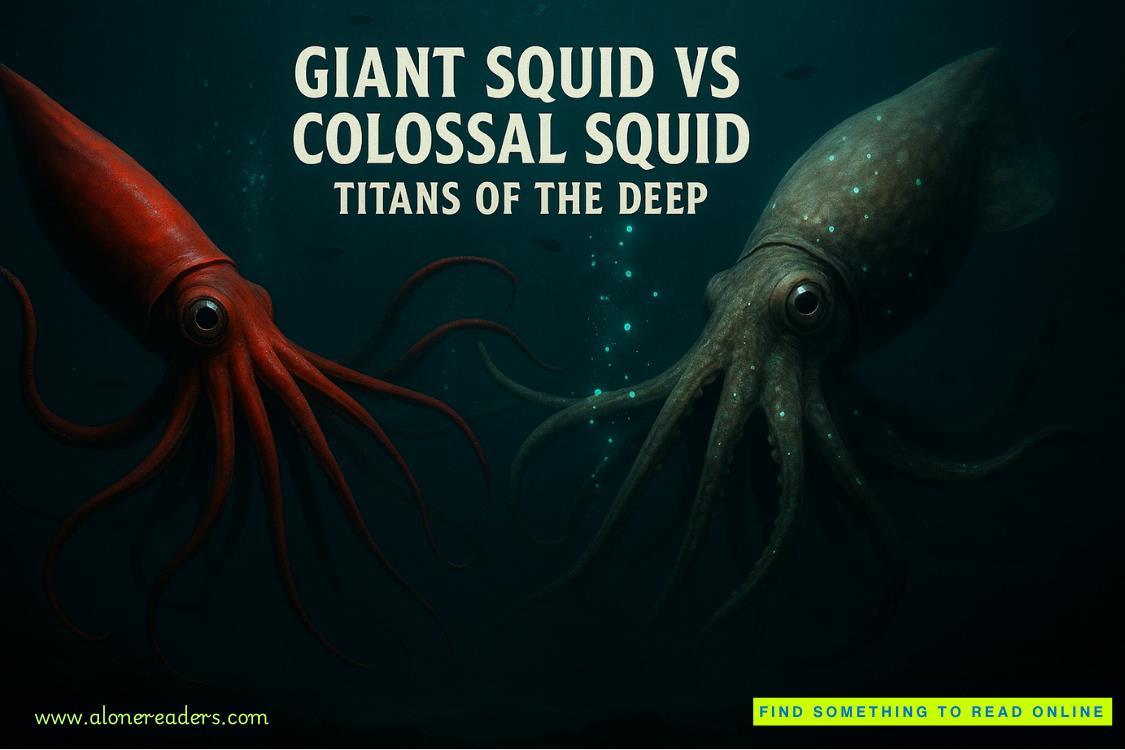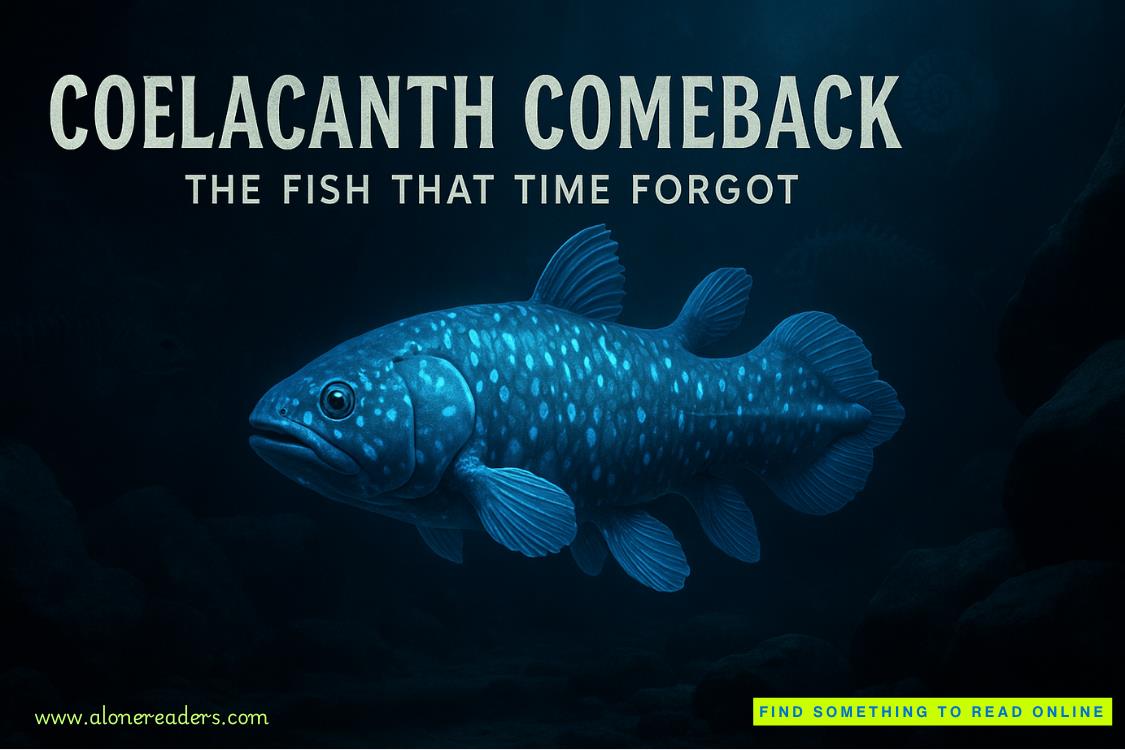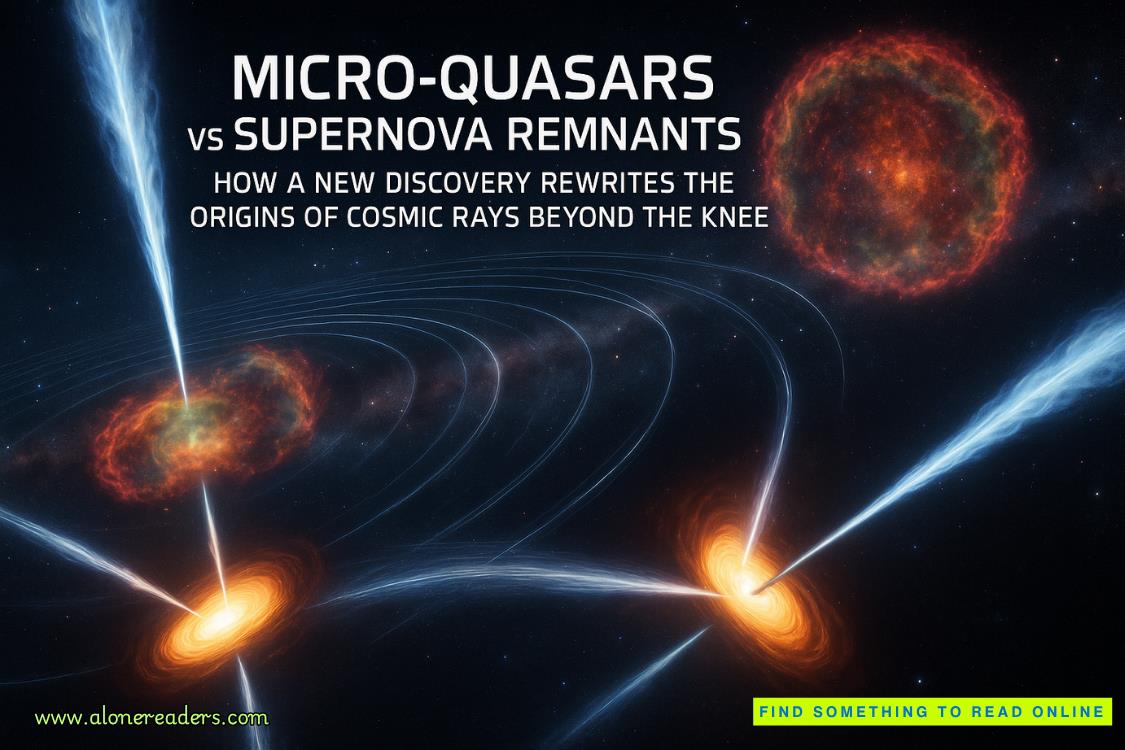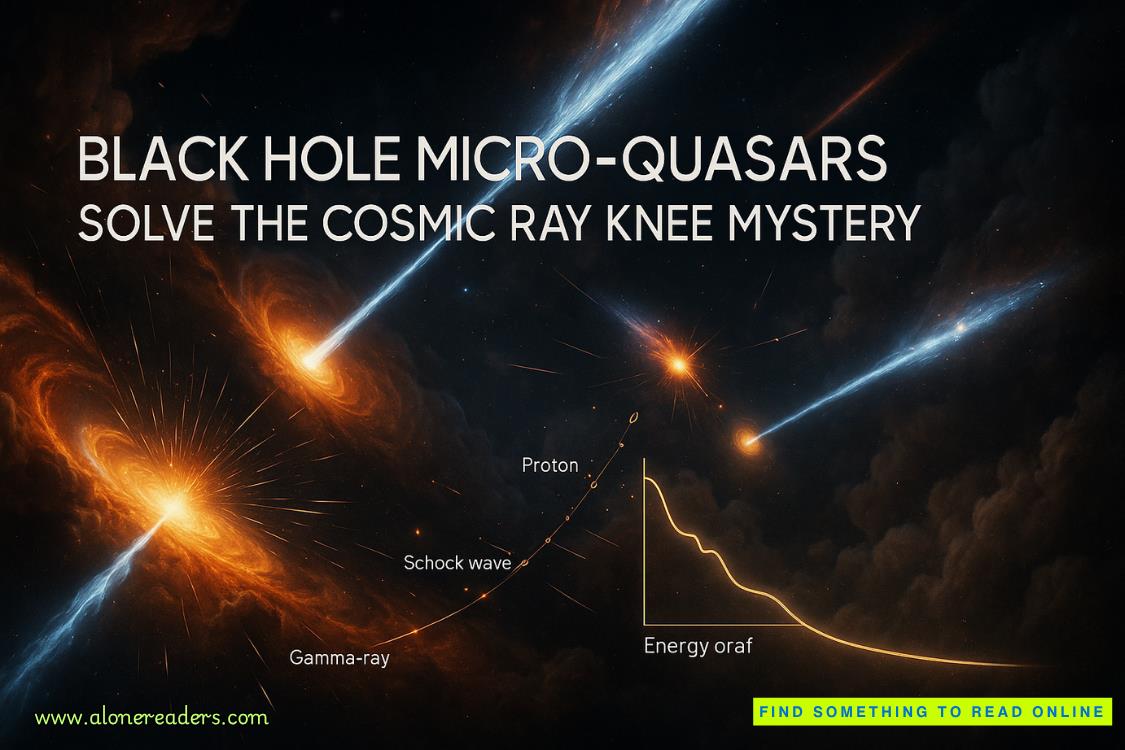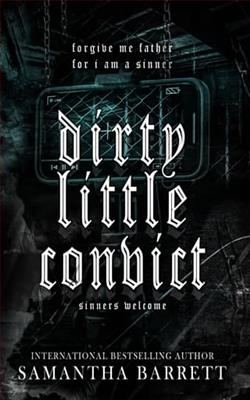Page 91 of Fourth Protocol
“No,” said Petrofsky hoarsely. He was an expert in unarmed combat, unafraid of fists, knives, or guns. But the cold-blooded joviality of Vassiliev as he handled enough destructive power to flatten a town worried him. Like most people, Petrofsky regarded nuclear science as an occult art.
“Once they were very complicated,” said the assembler. “Very large, even the low-yield ones, and could be made only under extremely complex laboratory conditions. Today the really sophisticated ones, the multimegaton hydrogen weapons, still are. But the basic atomic bomb today has been simplified to a point where it can be assembled on just about any workbench—given the right parts, of course, and a bit of caution and know-how.”
“Great,” said Petrofsky. Vassiliev was cutting away the thin lead sheeting around the ball of uranium-235. The lead had been wrapped around cold, like wrapping paper, and its seams sealed with a blowtorch. It came apart quite easily. Inside was the inner ball, five inches in diameter, with a two-inch-wide hole drilled straight through the middle.
“Want to know how it works?” asked Vassiliev.
“Sure.”
“This ball is uranium. Weight, fifteen and a half kilograms. Not enough mass to have reached criticality. Uranium goes critical as its mass increases beyond criticality point.”
“What do you mean, ‘goes critical’?”
“It starts to fizz. Not literally, like soda. I mean fizz in radioactive terms. It passes to the threshold of detonation. This ball is not yet at that stage. See that short rod over there?”
“Yes.”
It was the uranium rod from the hollow fire extinguisher.
“That rod will fit exactly into the two-inch hole in the center of this ball. When it does, the whole mass will go critical. The steel tube over there is like a gun barrel, with the uranium rod as the bullet. In detonation the plastic explosive will blast the uranium rod down the tube and into the heart of this ball.”
“And it goes bang.”
“Not quite. You need the initiator. Left to itself, the uranium would fizz into extinction, create a hell of a lot of radioactivity, but no explosion. To get the bang you have to bombard the critical uranium with a blizzard of neutrons. Those two disks, the lithium and the polonium, form the initiator. Left apart, they are harmless; the polonium is a mild alpha-emitter, the lithium is inert. Smash them together and they do something odd. They start a reaction; they emit that blizzard of neutrons we need. Subjected to this, the uranium tears itself apart in a gigantic release of energy—the destruction of matter. It takes one hundred millionth of a second. The steel tamper is to hold it all together for that tiny period.”
“Who drops in the initiator?” asked Petrofsky in an attempt at gallows humor.
Vassiliev grinned. “No one. The two disks are in there already, but held apart. We put the polonium at one end of the hole in the uranium ball, and the lithium on the nose of the incoming uranium projectile. The bullet comes down the tube, into the heart of the ball, and the lithium on its nose is slammed into the polonium waiting at the other end of the tunnel. That’s it.”
Vassiliev used a drop of Super Glue to stick the polonium disk to one face of the flat steel plug from Lichka’s shoe heel. Then he screwed the plug into the hole at the base of one of the steel bowls. Taking the uranium ball, he lowered it into the bowl. The interior of that bowl had four nodules, which slotted into four indentations cast
in the uranium. When they met and engaged, the ball was held in place. Vassiliev took a pencil flashlight and peered down the hole through the core of the uranium ball.
“There it is,” he said, “waiting at the bottom of the hole.”
Then he placed the second steel bowl over the top, to form a perfect globe, and spent an hour tightening the sixteen bolts around the flange to hold the two halves together.
“Now, the gun,” he remarked. He pushed the plastic explosive down the eighteen-inch-long steel tube, tamping it firmly but gently with a broom handle from the kitchen until it was packed tightly. Through the small hole in the base of the tube, Petrofsky could make out the plastic explosive bulging up. With the same Super Glue, Vassiliev attached the lithium disk to the flat nose of the uranium rod, wrapped it in a tissue to ensure it could not slip back down the tube from vibration, and rammed the rod down onto the explosive at the bottom. Then he screwed the tube into the globe. It looked like a gray, seven-inch-diameter melon with an eighteen-inch handle sticking out of one end; a sort of oversized stick-grenade.
“Nearly done,” said Vassiliev. “The rest is conventional bomb-making.”
He took the detonator, separated the wires from its end and insulated each with tape. If they touched each other, there could be a premature detonation. A length of five-amp electrical wiring was twisted onto each wire from the detonator. Then he pressed the detonator through the hole in the far end of the tube until it was embedded in plastic explosive.
He lowered the bomb like a baby onto its foam-rubber cradle, packing more foam rubber all around its sides, and yet more over the top, as if it were going to bed. Only the two wires were kept free. One of these was attached to the positive terminal of the battery block. A third wire went from the negative terminal on the batteries, so Vassiliev still had one of each in his hands. He insulated each exposed end.
“Just in case they touch each other.” He grinned. “Now that would be bad news.”
The single unused component was the timer box. Vassiliev used the drill to bore five holes in the side of the steel cabinet near the top. The center hole was for the wires out of the back of the timer, which he fed through. The other four were for thin bolts with which he fixed the timer to the exterior of the cabinet. This done, he linked the wires from the batteries and detonator to those from the timer, according to their color coding. Petrofsky held his breath.
“Don’t worry,” said Vassiliev, who had noticed his apprehension. “This timer was repeatedly tested back home. The cutout, or circuit breaker, is inside, and it works.”
He stowed the last of the wires, insulated the joins heavily, and lowered the lid of the cabinet, locking it securely and tossing the key to Petrofsky.
“So, Comrade Ross, there it is. You can wheel it on the dolly and put it in the rear of the hatchback, and it will not be damaged. You can drive where you wish—the vibration will not disturb it. One last thing. The yellow button, here, if pushed firmly, will start the timer, but it will not complete the electrical circuit. The timer will do that two hours later. Press this yellow button and you have two hours to get the hell out. The red button is a manual override. Press that and you get instant detonation.”
He did not know he was wrong. He really believed what he had been told. Only four men in Moscow knew that both buttons were set for instant detonation. It was now evening.
“Now, friend Ross, I want to eat, drink a little, sleep well, and go home tomorrow morning. If that is all right with you.”
